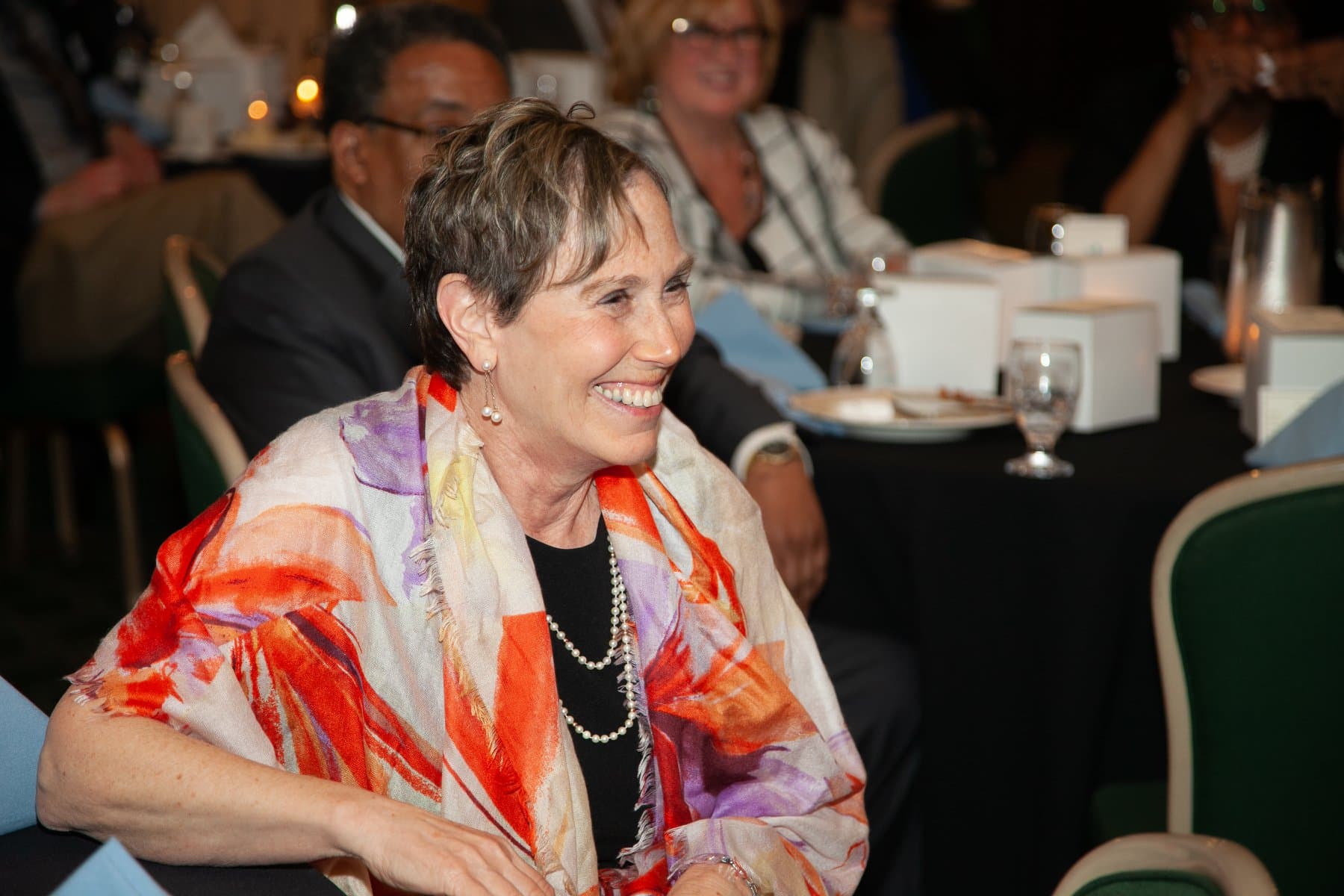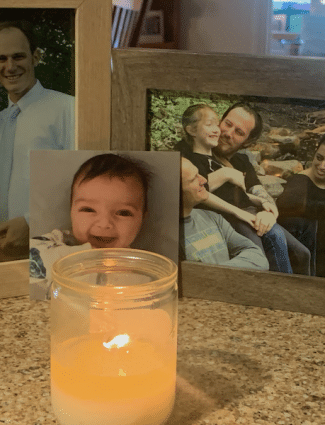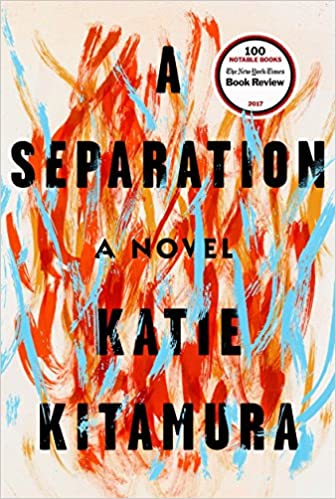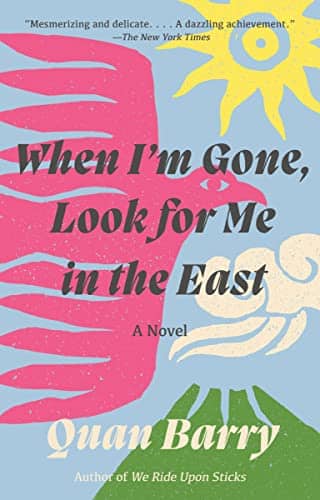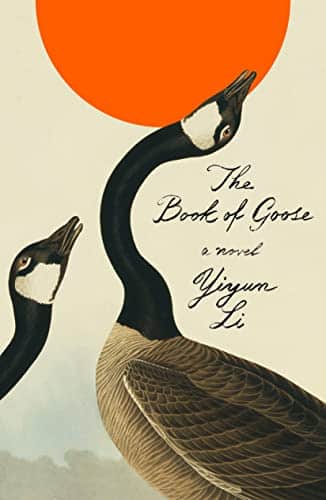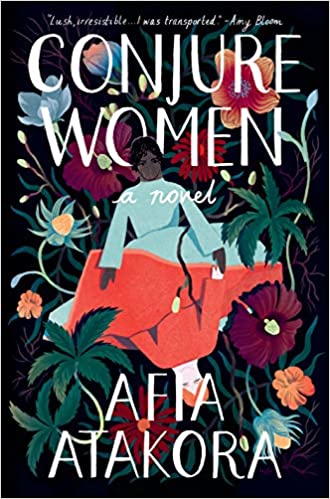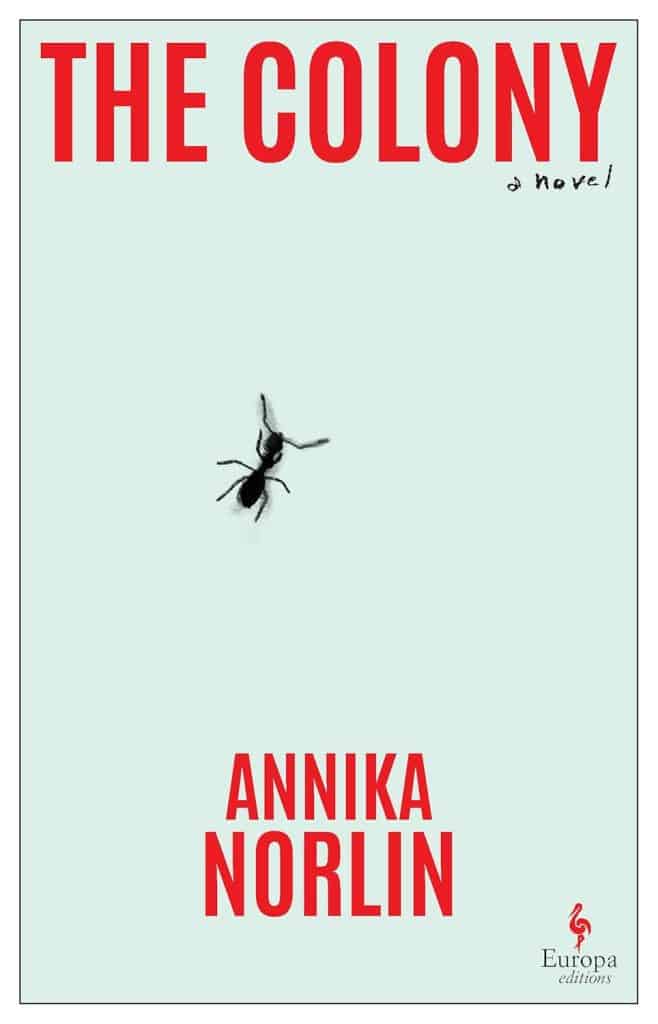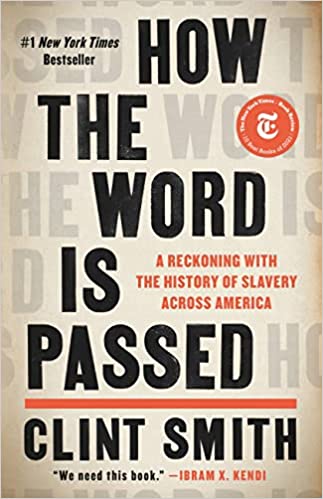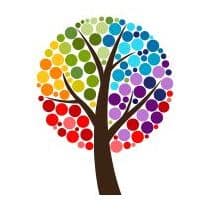
High Holiday Meditation Cleanses My Soul
A Unique Start to Second Day Rosh Hashana
Estimated reading time: 1 minute, 30 secondsRav Uri, our Rabbi and a teacher of wisdom and compassion at Temple Sha’arey Shalom, sat at the front of the synagogue on the second day of Rosh Hashanah, setting the tone for the day by inviting everyone to join him in a few moments of meditation. With gentle guitar melodies and a soothing voice, he created an atmosphere of peace and tranquility I had been searching for since my wife’s passing. Despite my initial doubts, his music and words had an unexpected effect, lulling me into a calm state I hadn’t thought possible.
As soon as I closed my eyes, I experienced a powerful shift. Suddenly, I was no longer in the Hilton Garden Inn; instead, I found myself in a realm of peace and tranquility, far removed from the physical world. Tears welled in my eyes, but it wasn’t sorrow – it felt more like a cleansing, washing away the world’s weight. Despite being a man of faith, I felt an undeniable presence of the divine, guiding me towards a profound connection with the sacred, allowing me to let go of my past transgressions finally.
After Rav Uri finished playing and asked if we were ready to start the second day of Rosh Hashanah, I wanted to say no, but I was so relaxed that I couldn’t speak. Luckily, the services led by Rav Uri, while no longer meditative, were still a transformative experience based on the unique start to the day. After the service, Roger and I complimented Rav Uri when we asked about his meditation training, and he responded negatively. He suggested several meditations he listens to, and I decided to try again to return to where I was on the second day of Rosh Hashanah.
